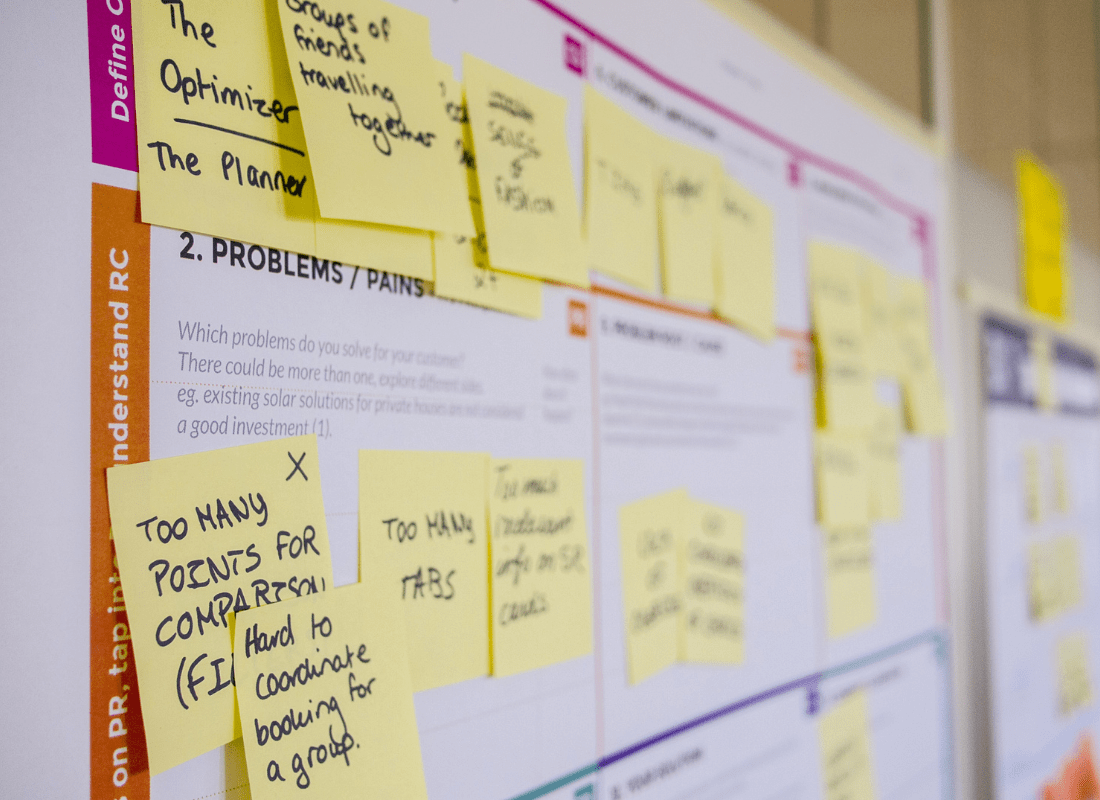Change is hard to navigate.
It’s even more difficult to navigate for numbers of people on diverse teams in the working world.
In the workplace, it’s important to sustain an environment that earns buy in from the team.
We have some ways to help you get all employees on the same page in adopting new goals, initiative and plans.
As a leader, the worst thing you can hear is crickets.
*cue the intense awkward silences*
Besides hearing crickets, you can also face the issue of having team members say what you’d like to hear, versus what you really need to hear in the moment.
All of these issues can be remedied or prevented, by applying these top four methodologies to increase employee and team buy in.
How to Increase Buy In
Increasing buy in comes from creating an environment where everyone supports the company vision.
Overall, these tips are not meant to get all team members to fully agree with you. This is important. The downside of agreement is that employees go along with change without inputting their two cents.
This leads to a people-pleasing culture where leaders lead without the support and confidence from employees.
Instead, buy in comes from a culture of support. Even in the event that employees are not in full agreement, they will support the changes that are necessary.
Here’s how you can build that culture of support in your company and team.
Remove fear.
In a workplace where fear is not addressed in others, you might find your employees thinking the following:
- I need to go along with the status quo.
- I don’t want to look like a fool by saying or suggesting a dumb idea.
- I don’t want to speak up in a big team meeting.
- I don’t know if I’m allowed to share ideas that contradict what’s being proposed.
- If I disagree, my job is on the line.
Remove fear in the team by making it a priority to address questions and concerns.
Ask team members questions that help remove objectionable or skeptical attitudes and understand why they feel the way they feel.

When you can understand the problems and objections of employees, you can work to alleviate fear.
In the Project OTY app, we offer a whole module to guide on identifying and remove fears, and provide specific questions to diffuse tense attitudes within your team.
Keep culture a focal point.
Returning to the values that your company is built on, always serves as your true North Star.
Employees, managers and team leaders who know the values and culture, are then conscious of how each task they complete has an impact. From there, employees are more apt to adopt changes and ideas as they understand this applies to the “North Star” vision and company culture.
Similar to your personal life in that every goal you set should align with your future vision, every task and goal set for the company should align with the company values and mission.
This is especially important in large-scale reorganization.
For example, when mergers and acquisitions occur, demotivation and lack of buy in happens when companies place profit as their overall purpose, and culture is lost.
Or, employees wonder if they will even have a place at the new, reordered company.
Gain input and support at every level.
Help employees understand from the bottom-up at the company.
Engage mid-level managers into the changes and help them share the story and answer questions that arise from employees.
Create a process of sharing and gaining input with the help of managers and team leaders. Invite feedback from all levels.

Employees should know that they can provide feedback and ideas openly throughout the process. This helps employees feel a sense of control, even in the face of major change or even in the event that change does not meet full widespread agreement.
How can you do this and make this feedback sustainable for large changes?
Create a way for employees to submit anonymous feedback. You can break this down by department or team and allocate a team leader to pull in feedback and report back to higher level managers.
You can set up a company-wide surveys through programs like Typeform, Google Forms and Survey Monkey to collect feedback. Or invite active anonymous contribution through places like Google Jamboards.
Be transparent.
Be transparent in the stories that you tell to employees.
Whether you’re updating the team on weekly team calls or announcing changes, be open.
Whether something is working or not working, be straightforward with team members on the “what” and “why”.
Don’t smooth over issues to make employees confident in what’s happening internally in the company.

Don’t rely on theater metrics when real numbers on the spreadsheets will tell a story that warrants attention and immediate action.
This point also ties into the prior approach with pulling together feedback. Be open and honest about feedback that is implemented.
When employees understand the direct ways that their feedback is used and enacted, they are more likely have buy in to future changes and decisions. They are able to feel more confident in the final decision made.
The support of employees in a decision now, prefaces the buy in for future decisions later on.
Conclusion
When you focus on culture and transparency and make it a point to gain support, instead of agreement…you set yourself up for greater buy in from your work team.
Getting buy in from your team saves time, disagreement, confrontation, worries, and a lack of trust.
Your company can only benefit from making sure that everyone is on the same page to support the initiatives that are necessary for your bottom line.
If you are curious about further ways to support your team environment and workplace culture, check out the following articles:
How to Increase Confidence In the Workplace
How To Boost Team Morale in 11 Creative Ways
If you’re looking for a unique, interactive leadership experience for your team, Project OTY is your choice app.
Check out our process that we have shared with hundreds of business professionals and their teams.

